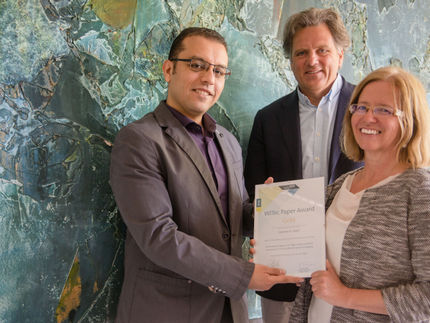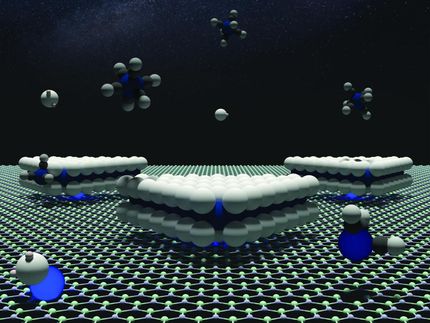2017 WITec Paper Award for Outstanding Scientific Publications
From nearly 60 submissions for the 2017 WITec Paper Award, our jury selected the three best publications. They were written by scientists from Ireland, Portugal and Germany who used WITec correlative confocal Raman microscopes to study transition metal dichalcogenides, textile fibers and cement. These papers show in remarkable detail how information on the chemical and structural composition of a material, obtained through this non-destructive technique, can lead to a more comprehensive understanding of a wide range of materials.

WITec Gold Award Winner: Maria O'Brien
WITec GmbH
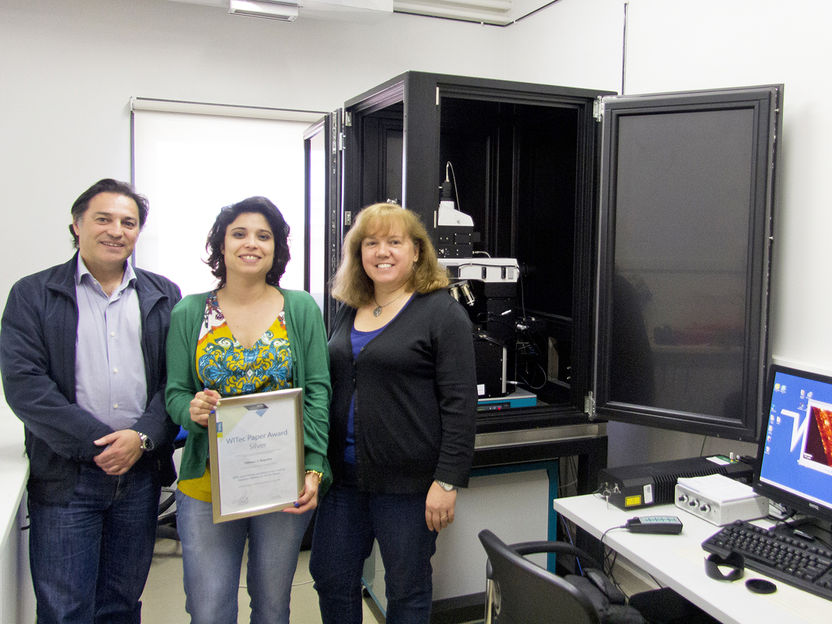
WITec Silver Award Winner: Helena Nogueira
WITec GmbH
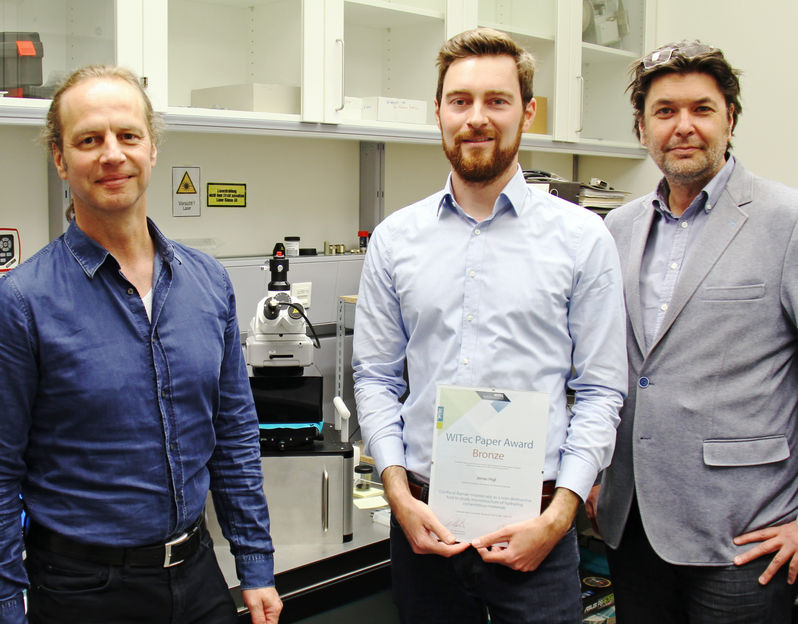
WITec Bronze Award Winner: Jonas Higl
WITec GmbH
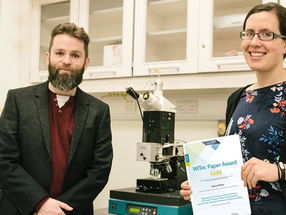
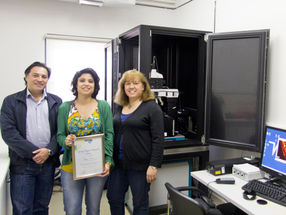
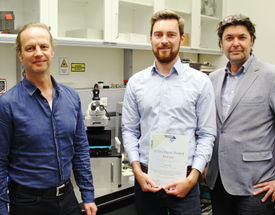
Gold Paper Award
Maria O’Brien from Trinity College in Dublin (Ireland)
- Mapping low-frequency Raman modes of four transition metal dichalcogenides (TMDCs): MoS2, MoSe2, WS2 and WSe2. Together with Niall McEvoy, Damien Hanlon, Toby Hallam, Jonathan Coleman and Georg Duesberg, she used the Raman modes for in-plane and out-of-plane vibrations whose intensities depend on the thickness and the stacking order of the molecules’ layers. The study has shown that the low-frequency Raman modes of these materials reveal additional information compared to conventional Raman modes. The scientists are convinced: “This study presents a major stepping stone in the fundamental understanding of layered materials as mapping the low-frequency modes allows the quality, symmetry, stacking configuration and layer number of 2D materials to be probed over large areas.” They suggest using low-frequency Raman mapping for the analysis of TMDCs that show no significant changes correlated to layer numbers in the high-frequency regions of their Raman spectra.
Silver Paper Award
Helena Nogueira from the University of Aveiro (Portugal)
- She and her co-authors Sara Fateixa, Manon Wilhelm and Tito Trindade used three-dimensional Raman imaging and surface enhanced Raman scattering (SERS) to monitor the dyeing process of linen textile fibers with methylene blue. This dye is most commonly used for blue coloring and was applied by various procedures. The scientists also visualized how the silver nanoparticles that give textiles antimicrobial properties are distributed along and within the linen fibers. The authors conclude that regarding textile production “… Raman imaging and SERS are valuable assets that complement or eventually provide unique characterization data.”
Bronze Paper Award
Jonas Higl from the University of Ulm (Germany)
- Raman study on hydrating of cementitious materials. With his colleagues Marcus Köhler and Mika Lindén, he used confocal Raman microscopy to document which structures and molecules are formed during the complex process of hydrating C3S clinker. To the knowledge of the authors this study was the first one published using Raman imaging to study hydrating of cement.
The annual awards recognize outstanding scientific work published the preceding year that employed a WITec device as part of its experimental setup. The evaluation criteria include the significance of the results for the scientific community and the originality of the techniques used.
Original publication
Gold Award: Maria O’Brien, Niall McEvoy, Damien Hanlon, Toby Hallam, Jonathan N. Coleman & Georg S. Duesberg; "Mapping of Low-Frequency Raman Modes in CVD-Grown Transition Metal Dichalcogenides: Layer Number, Stacking Orientation and Resonant Effects"; Scientific Reports; 2016
Silver Award: Sara Fateixa, Manon Wilhelm, Helena I. S. Nogueira and Tito Trindade; "SERS and Raman imaging as a new tool to monitor dyeing on textile fibres"; J of Raman Spectroscopy; 2016
Bronze Award: J. Higl, M. Köhler, M. Lindén; "Confocal Raman microscopy as a non-destructive tool to study microstructure of hydrating cementitious materials"; Cement and Concrete Research; 2016
Other news from the department science
These products might interest you
Most read news
More news from our other portals
See the theme worlds for related content
Topic World Spectroscopy
Investigation with spectroscopy gives us unique insights into the composition and structure of materials. From UV-Vis spectroscopy to infrared and Raman spectroscopy to fluorescence and atomic absorption spectroscopy, spectroscopy offers us a wide range of analytical techniques to precisely characterize substances. Immerse yourself in the fascinating world of spectroscopy!

Topic World Spectroscopy
Investigation with spectroscopy gives us unique insights into the composition and structure of materials. From UV-Vis spectroscopy to infrared and Raman spectroscopy to fluorescence and atomic absorption spectroscopy, spectroscopy offers us a wide range of analytical techniques to precisely characterize substances. Immerse yourself in the fascinating world of spectroscopy!
